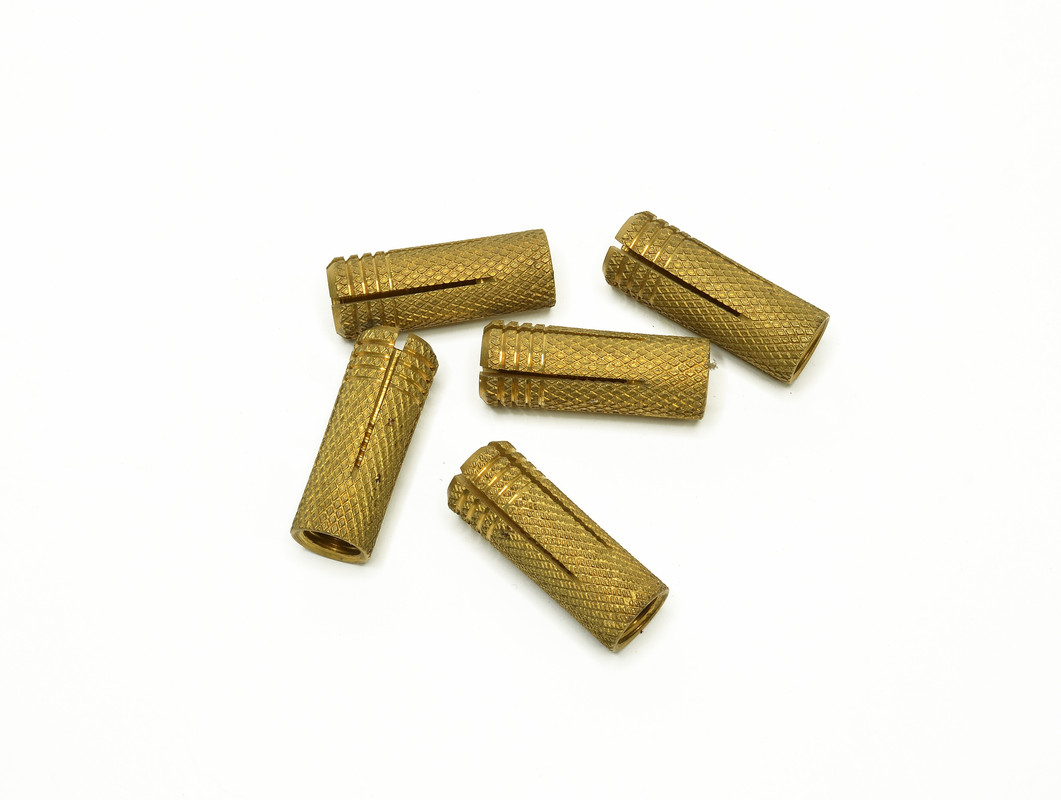Introduction:
Anchoring in construction is an essential task, and choosing the right anchor can make or break the success of your project. Among the myriad of options available in the market, drop-in anchors have gained significant popularity due to their numerous benefits. But what exactly are drop-in anchors? How are they installed? What makes them a better choice over other anchors? This article delves deep into these questions to give you a comprehensive understanding of drop-in anchors.
Drop-In Anchors are an incredibly versatile and valuable tool in the construction industry. They're a type of concrete anchor that provides a secure and robust hold in solid concrete, brick, or block bases. The uniqueness of Drop-In Anchors lies in their design: they have an internal thread and an outwardly flanged end, allowing for easy insertion and removal of matching threaded rods or bolts.
The installation process is also straightforward. Just drill a hole into your base material, drop the anchor in, and use a setting tool to expand it, creating a tight and secure fit. This feature makes them a popular choice for overhead applications as they hold firmly, even against gravity.

But it's not just about practicality. Drop-In Anchors are also known for their durability. They often come in stainless steel, providing excellent resistance to rust and corrosion. This makes them ideal for outdoor applications, or in areas where they may be exposed to moisture.
In the world of construction, where safety and reliability are paramount, the peace of mind Drop-In Anchors offer is priceless. So whether you're mounting heavy equipment or installing safety barriers, consider Drop-In Anchors for a sturdy and reliable solution. Trust me, they're a game changer!
What are Drop-In Anchors?
Drop-in anchors are a type of concrete anchors designed for use in solid concrete bases. They are cylindrical in shape, consisting of a tubular shield with a lip at one end and a conical shaped internal plug. The anchor is set by driving the plug towards the bottom of the shield, which expands the anchor and secures it in the concrete.
Types of Drop-In Anchors
Drop-in anchors come in various types, each with its unique characteristics and applications. The most common types include standard drop-in anchors, mini drop-in anchors, and coil thread drop-in anchors. Standard drop-in anchors are used for heavy-duty applications, while mini drop-in anchors are ideal for light to medium duty tasks. Coil thread drop-in anchors, on the other hand, are designed with a coil thread for use with coil threaded rods.
How to Install Drop-In Anchors
The installation of drop-in anchors involves several steps. First, a hole is drilled into the concrete. The depth of the hole should be equal to the length of the anchor. The hole is then cleaned to remove any debris, after which the anchor is inserted with the threaded end facing out. The anchor setting tool is used to expand the anchor, locking it in place.
Benefits of Drop-In Anchors

Drop-in anchors offer numerous benefits. They provide a secure and reliable connection, are easy to install, and can be used in a variety of applications. Moreover, they are removable and reusable, making them a cost-effective choice for many construction projects.
Considerations for Using Drop-In Anchors
While drop-in anchors offer numerous benefits, there are some considerations to keep in mind. For instance, they should only be used in solid concrete and not in brick or block bases. Also, they require a setting tool for installation, which can add to the overall cost.
Conclusion
In conclusion, drop-in anchors are a reliable and versatile anchoring solution. Their ease of installation, coupled with their strength and durability, make them an excellent choice for numerous construction applications. However, it's important to consider the nature of your project and the specific requirements before choosing the type of anchor to use.



Post a Comment
Note: only a member of this blog may post a comment.